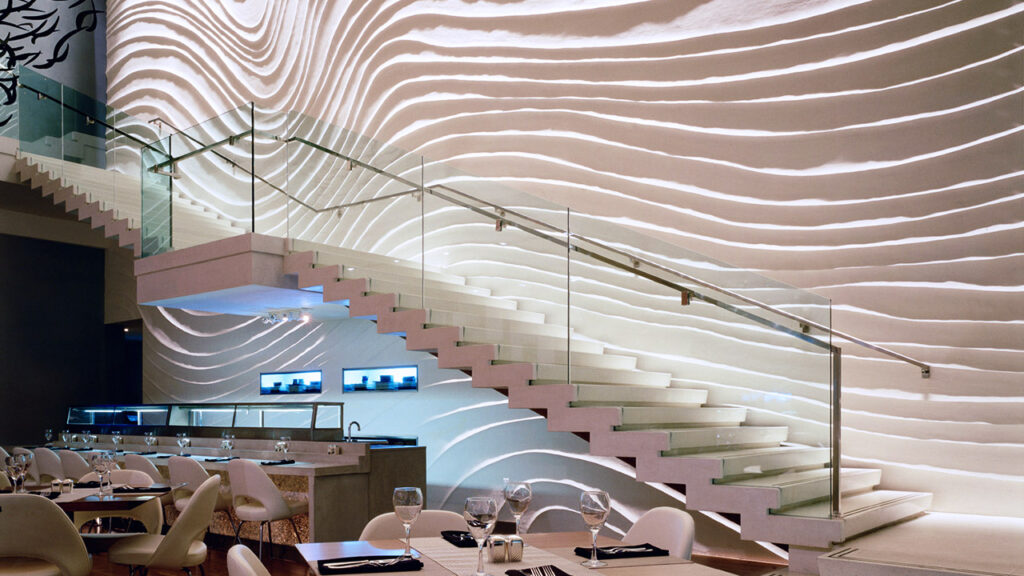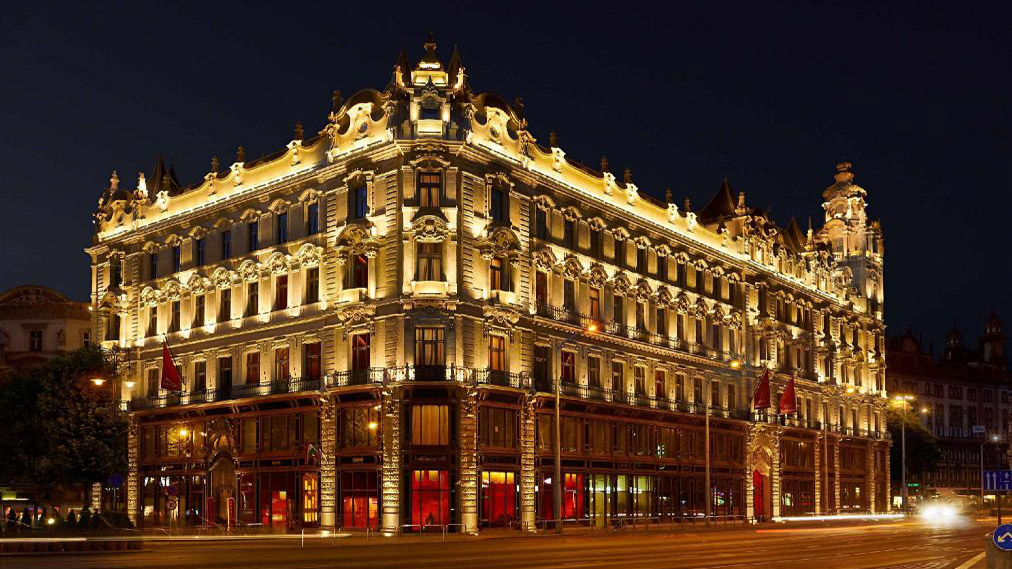What Is Lighting Master Plan?
Lighting Master Plan (LMP) is a crucial discipline describing the main aspects of urban lighting in a city. By this source, it is possible to control and renew or improve the lighting system, which reveals the identity of the city.

Lighting Master Plan (LMP) is a crucial discipline describing the main aspects of urban lighting in a city. By this source, it is possible to control and renew or improve the lighting system, which reveals the identity of the city.
The primary purpose of the lighting master plan is to define the aesthetic and functional lighting criteria, to increase the efficiency, and quality of city lighting and finally to achieve a secure, comfortable, and well structured lit environment.
Each city should have a lighting strategy and LMP as a guideline book according to its needs that are;
- Energy saving, reducing maintenance and energy costs, renovating the city lighting at a lower cost
- Security, increasing the safety and comfort of citizens
- Attractiveness, adding value to the architectural aspect of the city, promoting the spectacular sites, attracting tourists, creating beautiful nocturn atmosphere
The first step of LMP design is to analyze the following topics and collect the necessary data related to safety, people, vehicle flows, day and night activities to better understand the city and lighting needs. According to these data, it is necessary to map the existing conditions in the city.
Topics and areas to analyze
- Geographical features
- Traffic lanes
- Residential areas
- Green and leisure areas
- Waterscape
- Tourist areas
- Safety priority areas
- Lighting levels, used lighting fixtures, light color temperatures
- Describing existing lighting problems
Secondly, designers divide the city into zones based on lighting requirements, purpose of usage, and required specificatitons.The main design objective will be decided due to the zone type. For example, the master plans of a historical city zones will aim to highlight the original city texture and respect to the existing artifacts, or a newly developing city will use the latest lighting technologies and creating a modern city atmosphere.
Issues to be decided
Depending on all the surveys, it will be necessary to decide on the lighting systems to be installed and their features by the design team with checking compliance with lighting standards;
Main decisions
Hierarchy of the zones and their elements
Where, When, How and How Much to illuminate
Sub decisions
Lighting levels, to determine the areas over or under lit
- Light color temperatures, color render index
- Using or not using artistic lights
- Brightness level
- Lighting fixtures features
- Lighting control technology
- Cost-effectiveness
The benefits of the lighting master plan
After the study and realization of an LMP, the advantages of an urban lighting plan can be concluded as follows;
- Saving energy thanks to the new lighting complying city needs
- Creating a unique character for each city
- Providing further promotion of the heritage and favoring tourism with well balanced monumental lighting
- Reducing maintenance cost with the use of urban management software
- Avoiding light pollution
- Providing citizen security by reducing nighttime crimes
- Minimizing the effects of light on the urban flora
The role of urban lighting in a city’s view, environment, and economy are undeniable.
Therefore, city administrations should be aware of environmental quality, comfort, and financial requirements and be obliged to prepare LMP for each city accordingly.
The only solution to achieve the goal is planning every step, taking technical advices from architects, urban and lighting designers.
Sources:
Ecopark Lighting Masterplan: an Ecological Lighting Environment with no Light Pollution
https://www.sanantonio.gov/Portals/0/Files/TCI/ULMP-Urban-Lighting-Master-Plan
http://light.org.il/





